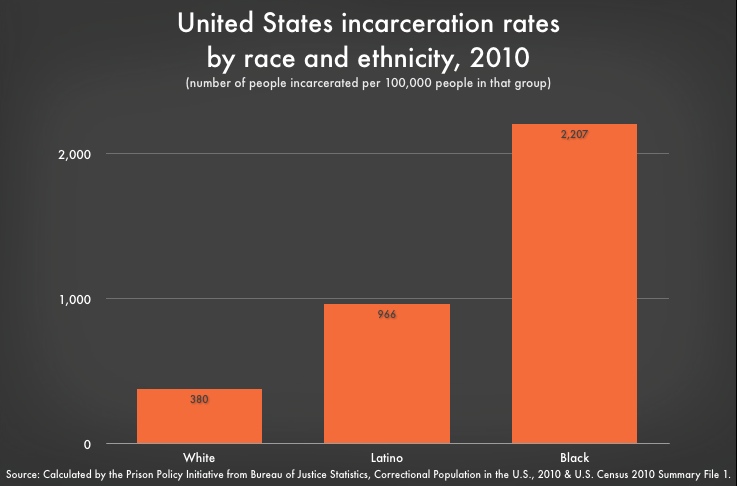Two weeks ago, President Bush has declared his opposition to expanding the Children's Health Insurance Program (CHIP). Bush's opposition to the plan, according to
White House spokesman Tony Fratto, is at least in part due to the fact that the reauthorization of CHIP does not incorporate health savings accounts (HSAs) into its provision.
So what's the deal with HSAs? According to a Treasury Department
information sheet, HSAs are accounts that "you can put money into to save for future medical expenses." There are, of course, more to them than just that.
First up, HSAs are supposedly tax friendly, providing "triple tax savings" by giving account holders tax deductions when they contribute to their accounts, allowing for tax-free investments with HSA funds, and tax-free withdrawals for qualified medical expenses. Second, they are portable in the sense that, like a 401k, you can take an HSA with you from job-to-job, state-to-state, etc.
HSAs are only available for people who participate in a High Deductible Health Plan (HDHP). An HDHP is a plan with low premiums (i.e. you don't pay a lot for health coverage) and high deductibles (i.e. you pay a lot out-of-pocket, up front, for medical services).
A lot of folks, particularly conservatives, like HDHP's because, as the Commonwealth Fund
succicntly notes, they allegedly (a) lower health care costs by causing patients to be more cost-conscious, and (b) make insurance premiums more affordable for the uninsured. You can why, in theory, this might make sense: if you have to pay more out-of-pocket you will be more wary of spending money on health matters, and if the basic 'membership fee' (i.e. the premium, i.e. what you need to pay to get basic coverage) is low, then more people can afford it.
The problem with the logic behind HDHPs, of course, is that if you don't have the cash on hand to pay deductibles, you have trouble getting access to care. In theory, HSAs are supposed to help you with this, by helping you save for health care when you need it. But studies (from places like the
Kaiser Foundation to
Families USA) have cast some doubt on this potentiality, particularly for low-income families.
First off, low-income families will not benefit from the tax breaks built into HSAs, because the tax deductions come from
income taxes. Income tax is progressive: the more money you make, the bigger the tax rate. Thus, the tax breaks of HSAs associated with income--like tax-free investment and tax deductions for money put in the account--will greatly benefit the rich, and not so much the poor.
Second, as I've made mention in other blog posts, low-income households only have a limited amount of funds to spend outside of current expenditures. A reliance on high-deductible plans essentially presupposes that HSAs will allow everyone to be rich enough to cut-back on readily available funds for cost-of-living expenditures. This is no guarantee by any means, particularly given disparities in start-off wealth among socioeconomic groups and the skewed distribution of financial literacy. HSAs could end up preserving--if not exacerbating--existing inequalities.
Third, the goal of cost-consciousness is a risky one. If low-income families have to pay a bigger percentage of their entire pool of funds for out-of-pocket expenses, they might be less inclined to get health are for any reason, no matter how serious. Traditional insurance schemes pool the healthy and the unhealthy together, in order to dilute the cost of care. But with HSAs, the unhealthy may become too expensive to be effectively ensured.
This is problematic: health is positively correlated with socioeconomic status. A
number of social factors, such as wealth and education, are strongly associated with health. This is also true for
older Americans. Thus in a broad sense, the people who would benefit the least from HSAs need them the most.
Ultimately, HSAs--at least in their current form--just don't cut it.


